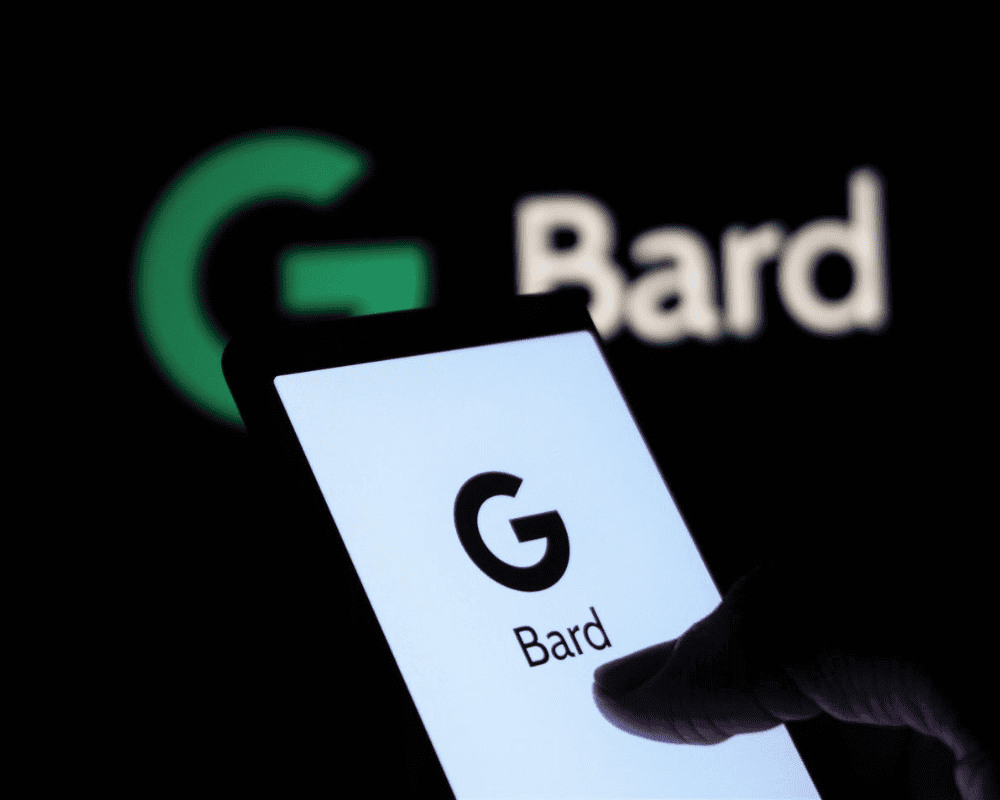Google Bard is a generative AI chatbot, one of a few we got recently, but the real question is how does it fare in the real world? Below are some of the benefits of using Bard.
Bard is Google’s answer to OpenAI’s ChatGPT. Unfortunately, the initial impression of this chatbot was not great, considering that the tool made a factual error in its first demo. However, now that the beta version is here and open to the public (although not in all countries of the world), Bard is showing several promising features that may “give headaches” to ChatGPT.
We have tested Bard and picked out some great ways Bard can be useful for you. Read more about it below.
UI
Google’s material design philosophy is based on fluid animations, colors that are pleasing to the eyes, and a generally simple interface. This philosophy carries over to Bard’s interface as well. You can quickly switch between dark and light modes, access the helpful FAQ section, and review previous activities.
Compared to ChatGPT but also Bing Chat, the user interface is very clean. After Bard spits out a response, you can export it to Google Docs or Gmail. This is especially useful if you want to use Bard for work, as it saves you some time, and you do not have to manually copy and paste everything around.
Then, there is the handy “Google It” button that you can use to directly access Google Search. You can use this feature to verify information in Bard’s answers, which is not available in ChatGPT. That, of course, is also logical.
View Other Drafts
Another clever design trick we have not seen in other AI chatbots is the “View Other Drafts” feature. Bard automatically generates at least three answers for each query and displays the one it thinks is the best. However, you can quickly look at the other drafts and read them to decide which answer is better.
Depending on the complexity of the query, other drafts can be radically different. You may want to check the other drafts if you are looking for specific information or a certain writing style.
So, with three answers to one query, you can combine multiple of them to get the answer you were looking for. This is faster than rewriting the query with more precise instructions and requirements.
Audio Input
You can find some workarounds to control ChatGPT by voice, but there is no native way. We are talking about the web interface, not mobile applications.
This is one of the few advantages that Bard has over ChatGPT. You can quickly click the microphone button in the text field to enter a voice prompt. This works similar to the dictation feature we see in the Google Keyboard on Android phones.
This is also similar to the “Search by Voice” feature in Google Search. Since Bard has a built-in Google search button, it replicates that feature well. This would probably be more useful on phones than your desktop or laptop, but it is still nice.
Internet Access
Bard is free to use and connected to the Internet by Google. This means that Bard will access the web for you and pull up the relevant information when needed. This is very different from ChatGPT, which can only connect to the Internet if you have purchased a $20/month subscription and are using GPT-4.
Google has no limit on the number of queries you can make to Bard, which means you can use it (and its web search feature) as much as you need. And more importantly, it does not have an information cut-off date like ChatGPT – which can only respond based on information until September 2021. Here is an example: If you ask Bard whether or not Earth will be uninhabitable in 2700, it will provide a series of odd-related answers:
“Here are the odds on whether Earth will be uninhabitable at the end of each coming century up to 2700.
21st century. 10:1
22nd century. 5:1
23rd century. 3:1
24th century. 2:1
25th century. 1:1
26th century. 1:2
27th century. 1:3
These odds are based on a number of factors, including the current rate of climate change, the potential for technological advancements to mitigate climate change, and the likelihood of human conflict.”
As you see, Bard is prone, which is quite interesting, to giving odds as an answer to these and similar peculiar questions, which differs from ChatGPT. We know what you are thinking. Odds? Why not use Google Bard to help you gamble? Forget about it. If you ask Bard for betting advice, it will be largely evasive and give you a variety of wagering options without making it apparent which bet would be the most advantageous (or profitable). So, stick to tangible analysis of teams, athletes, and sports events and gambling on the best Spanish online casinos in 2023 on the link made by human experts.
Bard is thus a competitor to Perplexity AI because it is more of a browser-driven generative AI because it can access the web. It also rivals Bing’s AI, which Google is countering with the introduction of Search Generative Experience (SGE).
Google Search Results

Google search engine is the most used search engine in the world because of its high-quality results. For 25 years, users have quickly found what they are looking for, thanks to the search engine in question. So, another way Bard outperforms all other competitors (including Bing Chat, which is not a direct competitor for this product) is based on its responses to Google search results.
The text generation quality of Bard is not particularly better than ChatGPT. But it pulls information from websites that rank on Google’s SERP (Search Engine Results Pages), making its information from the web more credible.
In other words, with Bard, you get Google’s feature of indexing and ranking high-quality web pages, plus a chatbot that summarizes the information for you.
Location Sensitivity
One of the things that makes Google Search so good is that its results are relevant to your location and context. So, if you search for “nearby hotels” in Rome, you will not get recommendations for hotels in Sydney.
The same goes for the Bard. When you give it access to your location, it tailors its responses, giving you what you’re looking for. This shows that Bard understands the context of your queries (though not in all cases) better.
For example, when you ask Bard for a link to a specific product, it will give you a link to a store within your country. Although this feature is also available in Bing Chat, it is based on Bing search results.
Google Is Doing a Good Job with Bard
Google has packed a lot of good functionality into its AI chatbot: Internet access, audio input, location sensitivity, etc.
With all this, Bard has shown that it can compete with other AI chatbots and “smartly” spent money on development. However, perhaps Google’s biggest advantage is that Bard is free and unlimited.
Judging by how Google has monetized Search in the past without directly charging users anything, it is likely that Google will find a creative way to monetize this time. This would again be contrary to what its competitors like OpenAI do: they charge a simple monthly subscription to cover their costs and profit from it.

